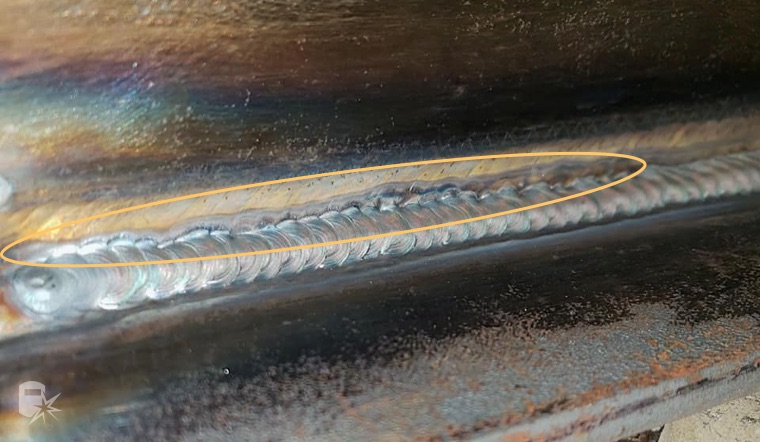Preventing Weld Undercut: Proven Methods Every Welder Should Know
Preventing Weld Undercut: Proven Methods Every Welder Should Know
Blog Article
Understanding the Art of Welding: How to Stay Clear Of Undercut Welding Issues for Flawless Fabrication Results
Performance and precision are vital in the world of welding, where even the least imperfection can jeopardize the architectural integrity of a produced item. One usual challenge that welders face is undercutting, an issue that can weaken a weld joint and lead to pricey rework. By understanding the root triggers of undercut welding and applying reliable techniques to avoid it, welders can boost their craft to brand-new levels of quality (Preventing weld undercut). In the search of perfect fabrication results, grasping the art of welding to prevent undercut problems is not simply an ability yet a necessity for those aiming for perfection in their job.
Recognizing Undercut Welding

To stop undercut welding, welders need to make certain correct welding parameters, such as adjusting the current, voltage, travel rate, and keeping the proper electrode angle. By understanding the reasons of undercut welding and applying preventative actions, welders can attain high-grade, structurally audio welds.
Sources Of Undercut in Welding
Understanding the elements that add to undercut in welding is vital for welders to generate premium, structurally audio welds. Inadequate welding present or inaccurate welding speed can additionally contribute to damage. Understanding these causes and applying proper welding techniques can assist protect against undercutting issues, making sure resilient and strong welds.
Methods to Protect Against Undercutting

To reduce the danger of damaging in welding, welders can use strategic welding techniques aimed at improving the high quality and stability of the weld joints. One reliable approach is to readjust the welding criteria, such as voltage, existing, and take a trip rate, to make certain proper heat input and deposition. Maintaining an appropriate electrode angle and making certain consistent traveling rate can also help protect against undercut. Additionally, using the appropriate welding technique for the particular joint configuration, such as weave or stringer beads, can add to lowering damaging. Preventing weld undercut.
Employing back-step welding methods and controlling the weld bead account can also assist disperse heat equally and minimize the see here danger of undercut. Normal inspection of the weld joint throughout and after welding, as well as applying quality guarantee actions, can help in dealing with and identifying undercutting issues without delay.
Value of Appropriate Welding Parameters
Picking and keeping suitable welding specifications is vital for attaining successful welds with very little issues. Welding criteria check it out refer to variables such as voltage, current, take a trip speed, electrode angle, and shielding gas circulation rate that directly affect the welding process. These parameters have to be thoroughly readjusted based upon the kind of product being bonded, its density, and the welding strategy used.
Proper welding parameters guarantee the ideal quantity of warm is related to melt the base metals and filler material consistently. If the parameters are set too expensive, it can result in extreme warm input, causing spatter, burn-through, or distortion. On the various other hand, if the criteria are too low, incomplete combination, lack of penetration, or damaging might happen.
High Quality Assurance in Welding Operations

Conclusion
In conclusion, understanding the art of welding needs an extensive understanding of undercut welding, its causes, and strategies to stop it. By ensuring correct welding specifications and implementing quality control methods, flawless manufacture results can be attained. It is necessary for welders to regularly make every effort for excellence in their welding procedures to prevent undercut issues and create high-quality welds.
Undercut welding, an usual problem in welding procedures, occurs when the weld steel does not correctly fill the groove and leaves a groove or clinical depression along the welded joint.To protect against undercut welding, welders ought to make certain proper welding criteria, such as adjusting the present, voltage, traveling speed, and preserving the proper electrode address angle. Insufficient welding inaccurate or existing welding rate can also add to damage.To mitigate the danger of damaging in welding, welders can use tactical welding methods intended at enhancing the quality and stability of the weld joints.In verdict, mastering the art of welding needs a comprehensive understanding of undercut welding, its reasons, and strategies to prevent it.
Report this page